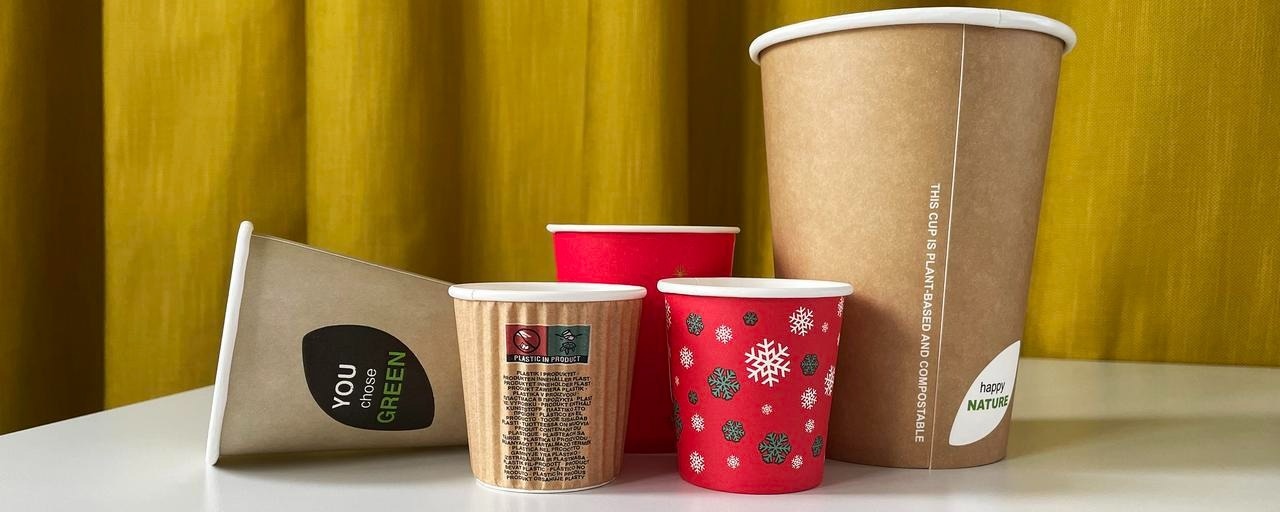Replacing single-use plastic cups with paper cups is not a simple task. To add to this challenge, scientists at the University of Gothenburg report that paper cups may not be as safe as they seem, especially when if they end up in our environment.
 Paper cups are replacing plastic cups on the market. But paper cups can also be toxic to living organisms, shows a new study from the University of Gothenburg. Image Credit: Olof Lönnehed
Paper cups are replacing plastic cups on the market. But paper cups can also be toxic to living organisms, shows a new study from the University of Gothenburg. Image Credit: Olof Lönnehed
In this new study, the team wanted to investigate if paper cups can harm living organisms and looked at the impact of disposable cups on butterfly mosquito larvae.
We left paper cups and plastic cups in wet sediment and water for a few weeks and followed how the leached chemicals affected the larvae. All of the mugs negatively affected the growth of mosquito larvae.
Bethanie Carney Almroth, Professor, Environmental Science, Department of Biology and Environmental Science, University of Gothenburg
A Thin Plastic Film Lines Paper Cups
Paper cannot withstand water or fat, so it must have a surface coating to be used as a food packaging material. Usually, polylactide, or PLA, a type of bioplastic, is frequently used to make plastic films.
Bioplastics, unlike the vast majority of plastics on the market today, are made from renewable resources (PLA is frequently made from corn, cassava, or sugarcane). Even though PLA is frequently thought of as biodegradable, meaning that under the right circumstances, it can degrade more quickly than plastics made from oil, the study by the researchers reveals that it can still be toxic.
Bioplastics does not break down effectively when they end up in the environment, in water. There may be a risk that the plastic remains in nature and resulting microplastics can be ingested by animals and humans, just as other plastics do. Bioplastics contain at least as many chemicals as conventional plastic.
Bethanie Carney Almroth, Professor, Environmental Science, Department of Biology and Environmental Science, University of Gothenburg
Potential Health Hazards of Food Packaging
Some chemicals in plastics are known to be toxic, others we lack knowledge about. Paper packaging also presents a potential health hazard compared to other materials, and it’s becoming more common. We are exposed to the plastics and the associated chemicals via contact with food.
Bethanie Carney Almroth, Professor, Environmental Science, Department of Biology and Environmental Science, University of Gothenburg
Bethanie Carney Almroth and her associates published their findings in Environmental Pollution. They argue in the article that efforts are needed to alleviate the ongoing environmental damage and threat to human health caused by the plastics pollution crisis.
“When disposable products arrived on the market after the Second World War, large campaigns were conducted to teach people to throw the products away, it was unnatural to us! Now we need to shift back and move away from disposable life styles. It is better if you bring your own mug when buying take away coffee. Or by all means, take a few minutes, sit down and drink your coffee from a porcelain mug,” notes Bethanie Carney Almroth.
Binding Agreements to Reduce Plastic Use
Currently, work is being done through the UN to negotiate a binding agreement to end the spread of plastics in society and nature. Professor Carney Almroth is a member of SCEPT (Scientists Coalition for an Effective Plastics Treaty), a scientific council that adds scientific evidence to the negotiations. The council urges a rapid phase-out of unnecessary and hazardous plastics, as well as caution to avoid replacing one bad product with another.
“We at SCEPT are calling for transparency requirements within the plastics industry that forces a clear reporting of what chemicals all products contain, much like in the pharmaceutical industry. But the main goal of our work is to minimize plastic production,” concludes Bethanie Carney Almroth.
Journal Reference:
Almroth, B. C., et al. (2023). Single-use take-away cups of paper are as toxic to aquatic midge larvae as plastic cups. Environmental Pollution. doi.org/10.1016/j.envpol.2023.121836.